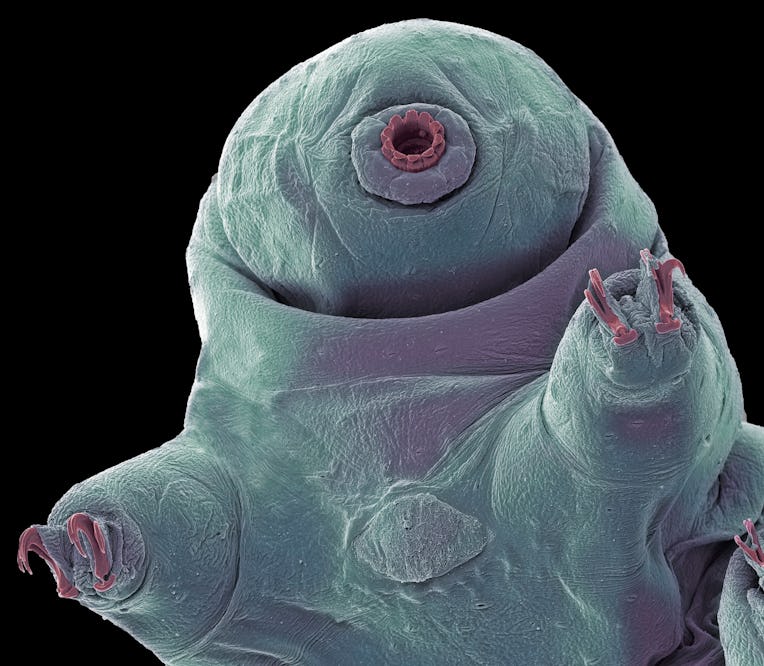So Did the Tardigrade Get Quantum Entangled or Not?
I just want the truth.

This morning, I received via Twitter what I think you’ll agree is a shocking bit of news:
Yes, you read that right: tardigrade is the first multicellular organism to be quantum entangled. “A tardigrade has been quantum entangled with a superconducting qubit – and lived to tell the tale,” the attached New Scientist article says. “It is the first time a multicellular organism has been placed in this strange quantum state and raises questions about what it means for living things to be entangled.” My goodness.
The world as you knew it before, in which no multicellular organism had been entangled in a quantum way, has changed. You have awoken into the qubit future, where quantum entanglements will flow like tardigrade wine. “Entangle me quantum daddy,” you type into Twitter, before rethinking and erasing. You try again: “entangle me quantum daddyyyy.” Oh yes. No capitalization is better. The extra y’s are good. Send tweet.
But what’s this?
Excuse me?
"Given that the results of the entanglement process could be reproduced describing the impact of the tardigrade classically — that is, without entanglement,” said John Bartholomew, a quantum hardware developer at the University of Sydney interviewed by CNET, “I think that is the case here.”
Hm???
Luckily Jackson Ryan at CNET attempted to explain what the fuck happened with what we thought we knew about the tardigrade thing with quantum qubit entanglements. “In their experiment, they created this two-qubit system described above and placed a tardigrade over the top of one qubit (B),” writes Ryan. “They left the other qubit (A) tardigrade-free.” Uh-huh, okay. “Placing the tardigrade on top of qubit B, the researchers say, shifted its frequency down.” Right, right. “This, they suggest, is evidence of entanglement.”
Right. So what’s the issue?
“Simply put, the presence of the tardigrade on top of qubit B might alter the qubit's frequency, but other quantum physicists believe this does not mean the microscopic crawler has become entangled with the qubit. To speak to entanglement, you'd want to measure the quantum properties of the tardigrade, which the experiment does not do.”
Well, fuck me. How about this — you just let me know when we actually know something about whether the frequency of a part-qubit tardigrade has been classically shifted down into quantum entanglement, okay? Jesus christ. Stop wasting my time.